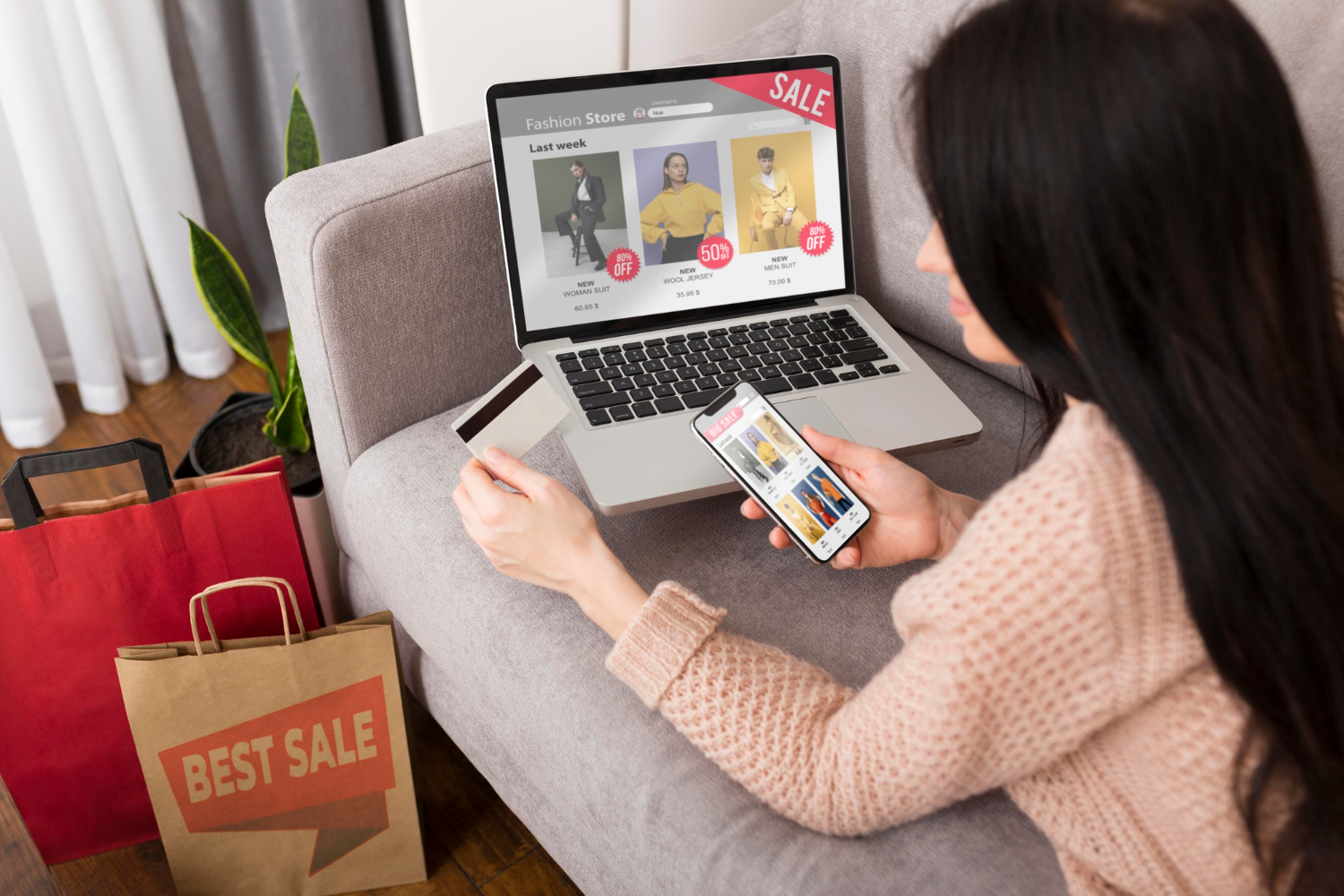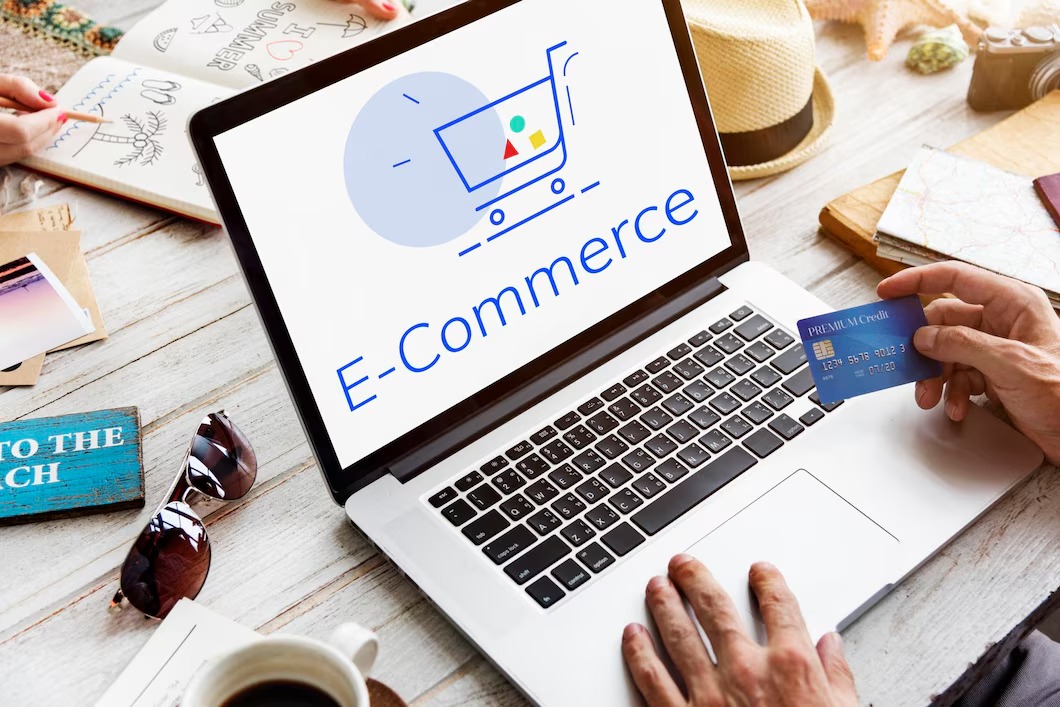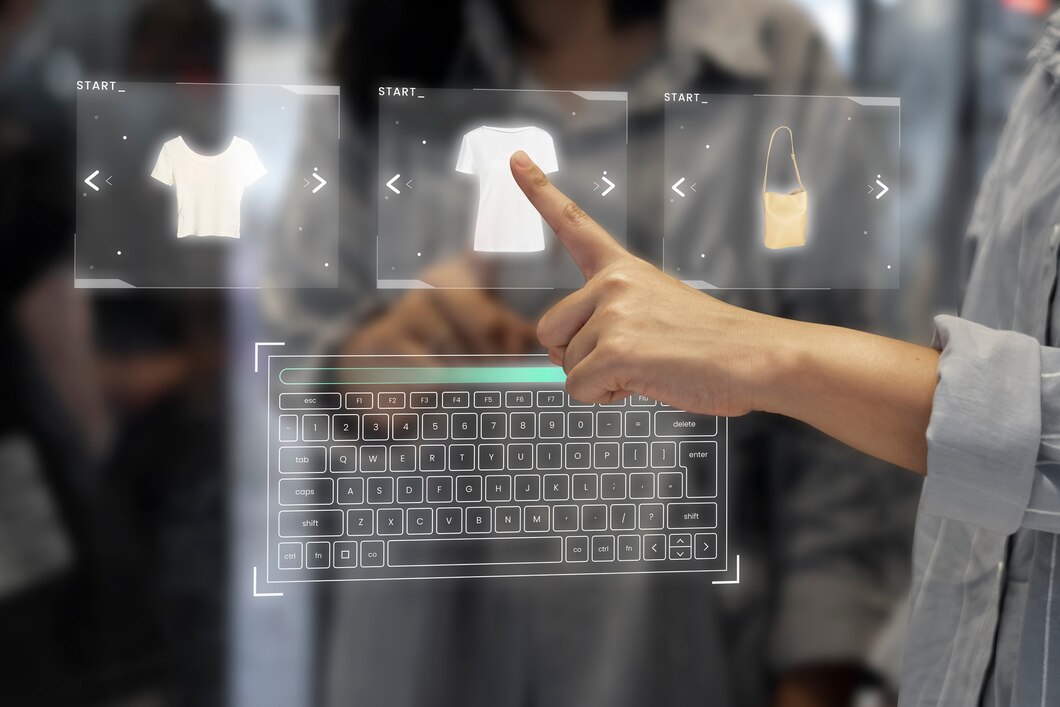
Brick-and-Mortar vs. E-commerce: Why You Need Both
In today’s retail world, businesses face a crucial choice: invest in physical stores or online stores. Some focus solely on e-commerce, while others thrive with brick-and-mortar shops. The best retail business model combines both options.
A hybrid shopping experience mixes in-store and online elements. This approach helps retailers reach more customers, improve satisfaction, and increase sales. In this article, we’ll look at the benefits and challenges of both formats and explain why a combined approach is essential for long-term success.
Quick Guide: Brick-and-Mortar vs. E-commerce – Why You Need Both
- Brick-and-Mortar Strengths:
- Offers personalised customer experiences and immediate product access.
- Builds stronger brand presence and credibility.
- Higher in-store conversion rates through impulse purchases.
- E-commerce Advantages:
- Provides 24/7 accessibility and convenience.
- Lowers operational costs and enables global reach.
- Uses data-driven personalisation to boost sales.
- Why a Hybrid Model is Essential:
- Combines the convenience of online shopping with in-store engagement.
- Increases customer satisfaction through flexible options like BOPIS.
- Strengthens loyalty by integrating data across channels.
Pro Tip:
Use your physical store as a mini-fulfillment center. This speeds up deliveries for local online orders and reduces shipping costs.
Important Tip:
Ensure consistent branding, pricing, and customer service across both channels. A disjointed experience can confuse customers and weaken brand trust.
The Strengths of Brick-and-Mortar Stores
1. Personalized Customer Experience
- In-store shopping lets customers see, touch, and try products before buying.
- Trained staff can provide personalised recommendations and help.
2. Immediate Gratification
- Customers can take products home right away instead of waiting for delivery.
- This avoids shipping delays and damaged items.
3. Stronger Brand Presence
- Physical stores act as a marketing tool and build credibility.
- A well-designed store enhances brand image and customer loyalty.
4. Higher Conversion Rates
- Shoppers in stores often make impulse purchases.
- Retailers can use visual merchandising to influence buying decisions.
5. Better Return & Exchange Process
- Customers can return or exchange items instantly without shipping hassles.
- This reduces frustration and boosts retention rates.
The Advantages of E-commerce

1. Convenience & Accessibility
- Shoppers can browse and buy 24/7 from anywhere.
- This removes geographical limits, reaching a global audience.
2. Lower Operational Costs
- Online stores don’t need expensive real estate or large staff.
- Businesses save on overhead and can pass those savings to customers.
3. Data-Driven Personalization
- E-commerce platforms collect customer data and preferences.
- AI-driven recommendations enhance user experience and boost sales.
4. Scalability & Growth Potential
- Expanding into new markets is easier without physical locations.
- Online stores can quickly adapt to changing trends.
5. Integrated Digital Marketing
- E-commerce retailers can use SEO, PPC, email marketing, and social media ads.
- Retargeting and personalised promotions drive higher engagement and sales.
The Challenges of Both Models
Challenges of Brick-and-Mortar Retail
- Higher operational costs (rent, utilities, staffing).
- Limited reach compared to global e-commerce platforms.
- Requires foot traffic to drive sales.
Challenges of E-commerce
- Customers cannot physically experience products.
- Shipping costs and logistics can be complex.
- Higher return rates compared to in-store purchases.
Why a Hybrid Shopping Experience is the Future

1. Omnichannel Shopping Behavior
- 73% of shoppers use multiple channels before making a purchase.
- Consumers expect a smooth transition between online and in-store.
2. Buy Online, Pick Up In-Store (BOPIS)
- Customers can order online and pick up at a nearby store.
- This reduces shipping costs and increases in-store traffic.
3. Leveraging Physical Stores for Fulfillment
- Retailers can use stores as mini-fulfilment centres for faster deliveries.
- This lowers logistics costs and speeds up delivery times.
4. Combining Digital & In-Store Customer Data
- Integrating POS systems with e-commerce helps personalise promotions.
- Retailers can offer customised discounts based on shopping history.
5. Strengthening Customer Loyalty
- Offering exclusive in-store experiences, like workshops or VIP events, boosts engagement.
- Reward programs that work both online and offline improve retention.
How to Successfully Implement a Hybrid Retail Business Model
Step 1: Invest in Omnichannel Technology
- Use cloud-based POS systems that sync with e-commerce platforms.
- Implement AI-driven analytics to track customer behaviour across channels.
Step 2: Offer Flexible Shopping Options
- Provide choices like curbside pickup and in-store returns for online purchases.
Step 3: Focus on Customer Experience
- Ensure branding, pricing, and messaging are consistent across all channels.
- Train staff to assist with both in-store and digital interactions.
Step 4: Leverage Social Media & Digital Marketing
- Use social media to drive in-store traffic with exclusive promotions.
- Implement retargeting ads to convert online visitors into in-store shoppers.
Step 5: Optimize Inventory Management
- Use real-time tracking to prevent out-of-stock issues.
- Allow customers to check product availability before visiting stores.
Case Studies: Brands Excelling with Hybrid Retail Strategies
1. Apple
- Integrates its website, mobile app, and physical stores.
- Offers in-store Genius Bar appointments booked online.
- Customers can purchase online and pick up at their nearest store.
2. Walmart
- Provides same-day pickup for online orders.
- Uses physical stores as logistics hubs for deliveries.
- Leverages customer data to offer personalised promotions.
3. Nike
- Lets customers buy online and customise products for in-store pickup.
- Nike’s app enhances the in-store experience with exclusive member benefits.
- Stores also serve as engagement hubs with live training sessions.
Future of Retail: What to Expect in 2025

- AI-Powered Personalization: Predictive analytics will help retailers offer personalised shopping experiences.
- Augmented Reality (AR) & Virtual Try-Ons: Customers will visualise products before buying online.
- Voice Commerce & Smart Assistants: Shoppers will use Alexa, Siri, and Google Assistant to place orders.
- Sustainability Initiatives: Retailers will focus on eco-friendly packaging and transparency.
FAQs: Brick-and-Mortar vs. E-commerce – Why You Need Both
- Why is a hybrid retail model more effective than relying on just one channel?
A hybrid model offers the convenience of online shopping with the engagement of in-store experiences. It increases customer satisfaction, drives higher sales, and strengthens brand loyalty by providing flexible shopping options. - What is BOPIS, and why is it important for retail?
BOPIS (Buy Online, Pick Up In-Store) allows customers to purchase items online and collect them from a physical store. This strategy reduces shipping costs, drives in-store foot traffic, and enhances the customer experience. - How can physical stores support e-commerce operations?
Physical stores can serve as mini-fulfilment centres, enabling faster deliveries for local online orders. This reduces shipping costs and improves delivery times, making e-commerce operations more efficient. - What are the main challenges of running both brick-and-mortar and e-commerce channels?
Retailers face challenges such as managing inventory across channels, maintaining consistent pricing and branding, and ensuring seamless customer service. Technology integration is key to overcoming these hurdles. - How does omnichannel data integration benefit retailers?
Integrating customer data from both online and in-store channels allows retailers to offer personalised promotions, optimise inventory management, and enhance the overall shopping experience with data-driven insights.
Conclusion
The debate between physical stores vs. online stores isn’t about which is better. It’s about how to merge both into a successful retail model. By adopting a hybrid shopping experience, retailers can meet evolving consumer needs while maximising revenue.
Retailers that blend online convenience with in-store engagement will thrive in today’s competitive landscape. Using omnichannel strategies creates a cohesive, customer-focused experience that drives long-term success.
Now is the time to future-proof your retail approach by embracing a hybrid model that offers the best of both worlds!


